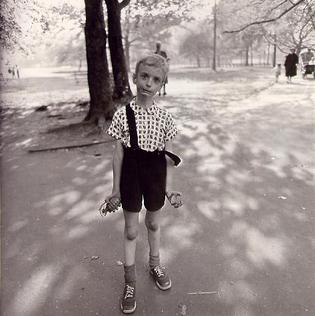Fashion Photography
When is an image a Portrait when is it a fashion photograph?
It is a Portrait when it focuses on the person's character/personality. It is used to represent power and social status, and most often; class. In the 1900's, rich families (who were the only people available to afford them) would often be painted or photographed the way they wanted. The photographer had no control. The person in front of the lens had 100% control, and the person operating the camera had nothing.
It is a Fashion
photograph when it focuses on
the clothes rather than the models. They overuse makeup to make the model look
more mannequin-like, in order to draw attention to the clothes and to also make the
model seem like a statue that only has a purpose to be a 'frame' for the
clothes. The model has no control over the camera, the photographer has full
control.
To what degree should an image manipulated to go into a fashion magazine?
I believe that an image should be manipulated just enough. For instance,
if the model has bad skin, then airbrushing the defects away seems like a good
idea. Elongating the neck, and completely reshaping the persons' face and/or
figure, is completely unnecessary. That person is no longer 'them', they are a
different person.
That being said, if the person felt comfortable with the changes taking place then that is their decision. If they are not comfortable with the changes and wish for it to be published with no physical manipulation, then that is also their decision and should be considered equally as much as the editors decision. People, whether modeling clothes or not, should be able to say how they want people to see them. They should be happy with the final product, and if not, then it shouldn't be published. Fashion magazines take into account the editors decision a lot more often than the models. They give off the vibe that they don't actually care about the models because at the end of the day, the magazine gets paid money for every sale. If it looks good, it sells.
That being said, if the person felt comfortable with the changes taking place then that is their decision. If they are not comfortable with the changes and wish for it to be published with no physical manipulation, then that is also their decision and should be considered equally as much as the editors decision. People, whether modeling clothes or not, should be able to say how they want people to see them. They should be happy with the final product, and if not, then it shouldn't be published. Fashion magazines take into account the editors decision a lot more often than the models. They give off the vibe that they don't actually care about the models because at the end of the day, the magazine gets paid money for every sale. If it looks good, it sells.
Is there a clash between the creative and commercial side of fashion Photography?
I believe there is a clash between the
creative and commercial side of Fashion photography, as there are disagreements
in every industry, fashion is one of them. The fashion photographer may feel
that something should go into the magazine because of its beauty, creativity
and uniqueness. Whereas the editor may feel completely different because the
product may not endorse what they are trying to sell, and for that reason,
might deny the photograph from being printed in the magazine.
Some people believe that fashion photography isn't 'photography'. They say this because they believe photography tries to engage the viewer getting them to think, whereas fashion photography is just making it look good in order to sell the item and make money in the process.
Some people believe that fashion photography isn't 'photography'. They say this because they believe photography tries to engage the viewer getting them to think, whereas fashion photography is just making it look good in order to sell the item and make money in the process.


0 comments: